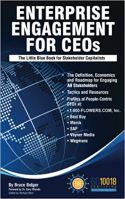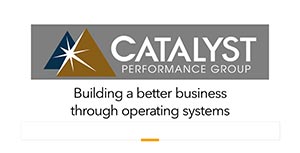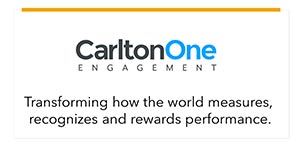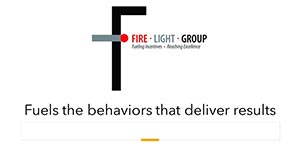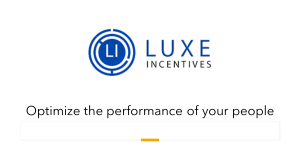Return-to-Office Mandates Cause Brain Drain, Study Finds
Click here for links to information about EEA sponsors; here to subscribe to ESM weekly; here for an ESM media kit.
Return-to-work mandates have led to a significant increase in employee turnover, particularly among female, senior, and highly skilled employees, and a
 greater long-term ability to recruit talent to maintain a stable and high-quality workforce.
greater long-term ability to recruit talent to maintain a stable and high-quality workforce.These are among the key findings of the research study "Return-to-Office Mandates and Brain Drain" by Yuye Ding and Mark (Shuai) Ma, University of Pittsburgh - Katz Graduate School of Business; Zhao Jin Cheung, Kong Graduate School of Business; Betty (Bin) Xing, Baylor University - Hankamer School of Business; Yucheng (John) Yang, The Chinese University of Hong Kong (CUHK) - School of Accountancy. The study investigates the impact of RTO mandates on employee turnover and hiring among S&P 500 firms, particularly in the tech and finance sectors.
By analyzing the employment histories of over 3 million workers reported on LinkedIn, the study finds that S&P 500 firms experience a 14% increase in employee turnover following RTO mandates, especially among female employees, senior, and highly skilled employees.
The effect of RTO mandates is stronger among mid- and top-level management teams and employees with higher skill levels because of their apparent levels of skills and greater business connections. RTO firms also face significant difficulties in hiring new employees after implementing RTO mandates, the study finds. The time it takes to fill job vacancies increases by approximately 23%, and the overall hire rate decreases by 17%. This suggests that RTO mandates not only lead to higher turnover but also make it harder for firms to attract new talent.
The study concludes that RTO mandates result in a significant brain drain, with firms losing their best talent and facing greater difficulties in replacing them, with significant implications for firms' productivity, innovation, and overall performance, the authors conclude. The study cites numerous academic reports measuring the economic impact.
The researchers collected information on RTO announcements for high-tech and financial firms included in the S&P 500 index. They identified a final sample of 54 firms. Employment history information for over 3 million employees was obtained from Revelio Labs, a data provider that extracts information from LinkedIn profiles. The researchers manually identified employees who left a firm during each period and calculated the firm's turnover rate by dividing the number of departing employees by the total employee headcount at the beginning of the period. The researchers say they used a generalized regression methodology to examine the change in employee turnover rates after RTO announcements. They explain that they adjusted firms' turnover rates by the national average turnover rate during the same period to control for general time trends and macro-economic effects. Additional methodology is detailed in the report.
Enterprise Engagement Alliance Services
 Celebrating our 15th year, the Enterprise Engagement Alliance helps organizations enhance performance through:
Celebrating our 15th year, the Enterprise Engagement Alliance helps organizations enhance performance through:
1. Information and marketing opportunities on stakeholder management and total rewards:
- ESM Weekly on stakeholder management since 2009. Click here to subscribe; click here for media kit.
- RRN Weekly on total rewards since 1996. Click here to subscribe; click here for media kit.
- EEA YouTube channel on enterprise engagement, human capital, and total rewards since 2020
 Management Academy to enhance future equity value for your organization.
Management Academy to enhance future equity value for your organization.3. Books on implementation: Enterprise Engagement for CEOs and Enterprise Engagement: The Roadmap.
4. Advisory services and research: Strategic guidance, learning and certification on stakeholder management, measurement, metrics, and corporate sustainability reporting.
5. Permission-based targeted business development to identify and build relationships with the people most likely to buy.
Contact: Bruce Bolger at TheICEE.org; 914-591-7600, ext. 230.




